READY TO GET STARTED?
REQUEST A FREE ESTIMATE
Fill out the form below or call (888) 466-7849 for a free, no-obligation estimate.
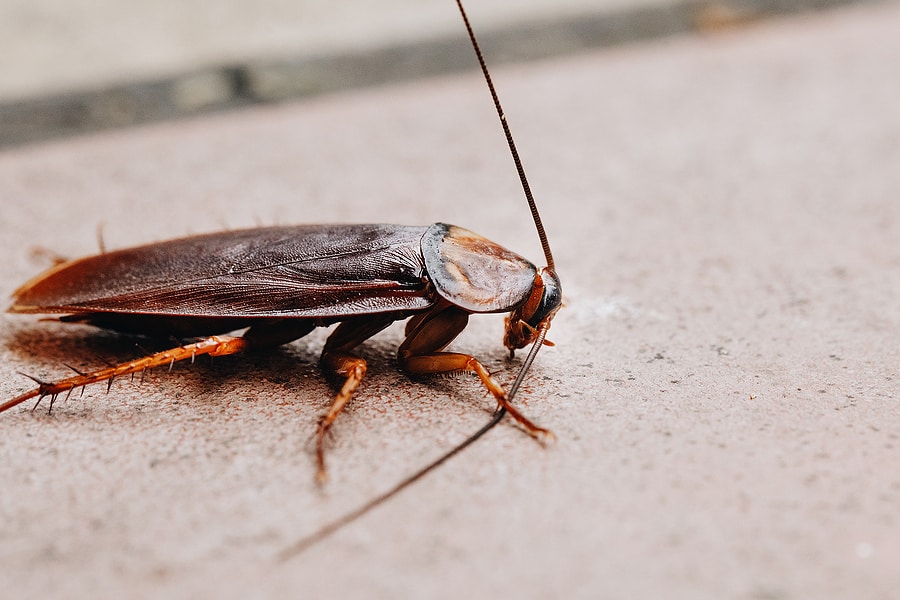
The cockroach might just seem like a creepy, annoying nuisance, but it can cause more damage than expected. Cockroaches transmit over 30 different kinds of bacteria – E. Coli, Salmonella, and more. In addition to this, they can also trigger asthma and allergy attacks as their droppings, saliva and shed skin contain allergens that increase asthma symptoms, especially in children.
As one of the most common household pests, it’s important to keep roaches under control to lessen the effects they cause. Here we breakdown the types of cockroaches you could be seeing in your home and how you can prevent them in the future.
While prevention can help keep cockroaches away, sometimes it’s best to get a professional involved. A local pest control company will be able to inspect your home and provide you with the best treatment and prevention plan going forward.

When a cockroach is seen inside your house, the first reaction is to figure out how to get it out; and the second is how to prevent it from coming back inside in the future! Understanding the difference between and identifying common roach species can help ensure proper treatment and prevention for your home, keeping your family and property safe and healthy. Here we break down the three most common roaches that could be infesting your home.
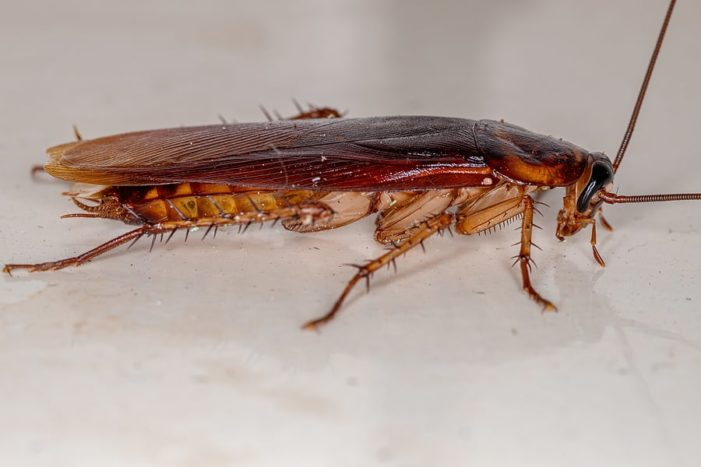
The American cockroach is the largest species in the U.S. These pests are reddish-brown with a shield-like structure that covers their head. Both males and females have wings and can fly short distances. They are also considered the fastest running insects, as they will quickly scamper out of sight when someone enters the room! While these roaches prefer warmer temperatures, they can survive the cold, often looking indoors for warmth. Common places American cockroaches are found are in basements, woodpiles, attics, and crawlspaces.
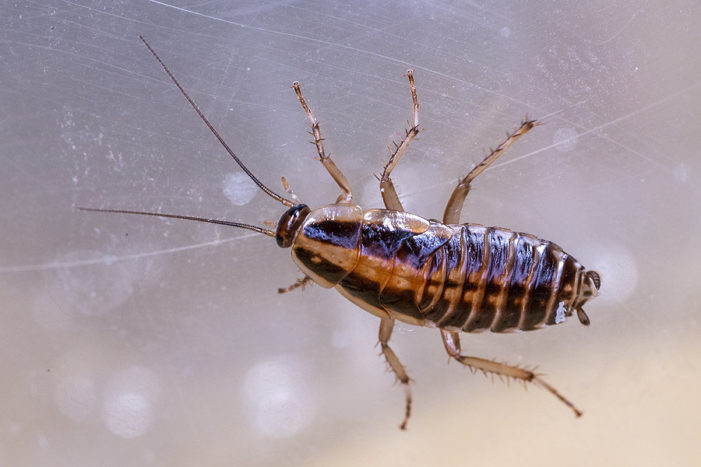
A very recognizable cockroach, the German cockroach is tan with dark brown parallel stripes on the back of its upper thorax. Smaller than the American roach, German roaches measure about ½” to 5/8”. They produce more eggs than any other roach species. While they do have wings, they rarely fly and prefer to run instead. German cockroaches prefer warmer environments, such as bathrooms or basements, but typically can be found in areas where people eat, such as the kitchen.
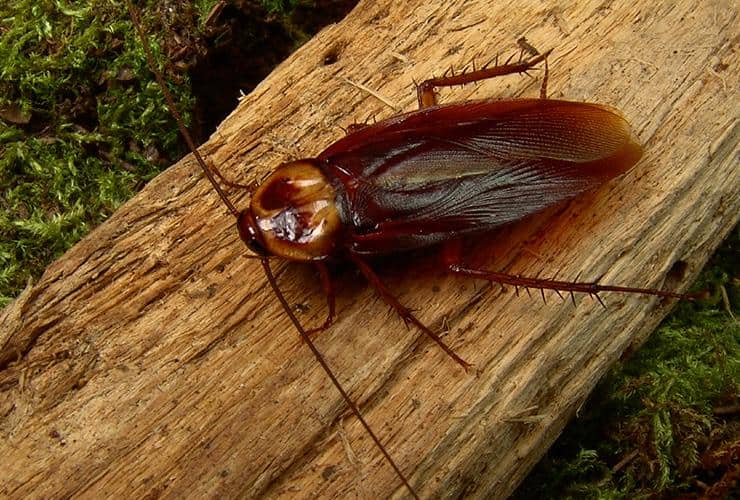
Smokybrown cockroaches are dark cherry or red with a long body length of around 1.5 inches. These roaches prefer areas of humidity and will shelter in neighborhoods with mature hardwood trees to protect them from the winds. Usually active at night, these cockroaches can be found in warm habitats such as tree holes, under mulch, and in sheds.
To avoid any type of cockroach, every homeowner should take preventative measures to keep them out of your home. Some roach prevention tips include:
If you have an issue with roaches, call your local pest control provider who can help properly identify the type of roach(es), locate points of entry, place preventative measures, and effectively eliminate them.
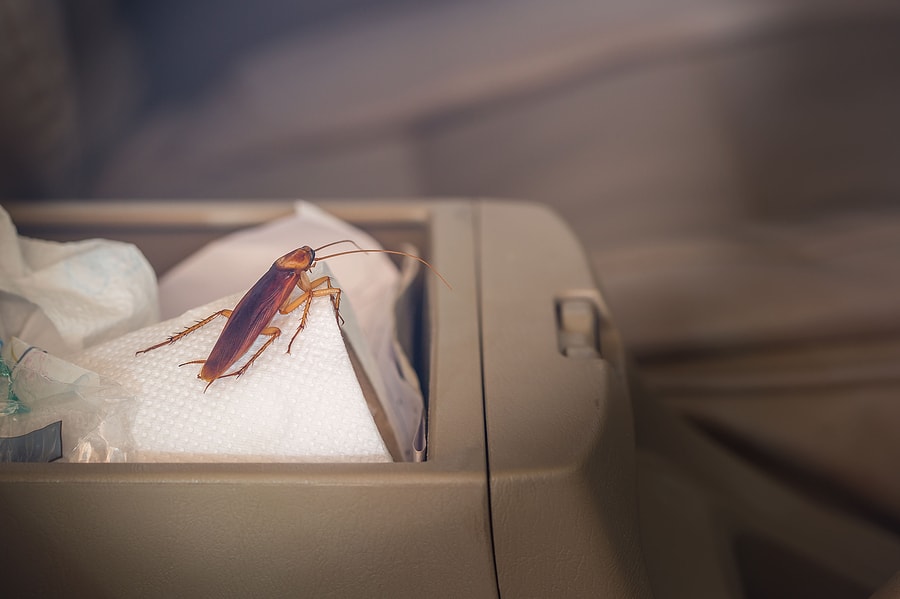
Cockroaches are one of the most common household pests that homeowners have to deal with. These pests are resilient and are known to survive under the harshest conditions. So why do these pests seem so hard to get rid of? What are the best methods to eliminate them from making their way inside your home?
Cockroaches are built to be almost indestructible. Roaches have exoskeletons made up of overlapping plates connected by a stretchy membrane. This membrane is so flexible that it can allow them to fit through small cracks and crevices. Along with their stretchy membrane, they also have a thick outer layer that can protect them and shift when needed.
Since roaches can use their bodies to fit through small areas, they are great at surviving in harsh conditions. Cockroaches will find shelter to avoid harsh temperatures and other predatory pests that threaten them.
While cockroaches are durably built and sneaky, it doesn’t mean that they are impossible to keep from getting inside your home. Consider utilizing these roach prevention tips:

Although cockroaches are considered a year-round pest, their populations swell in the summertime. Particularly in the southeast, roaches cause problems for both residential and commercial properties during these hot summer months. Cockroaches are hardy pests that are highly adaptable to a variety of conditions. They particularly thrive in warm, humid environments, which are readily available in the hot, muggy summer heat. Infestations are more likely in the summertime because this increase in temperature spurs them to feed and reproduce at a much faster rate. When the temperature gets too hot, even roaches that usually stay outdoors will make their way into your home or business in search of food, water, and shelter.
How can you prevent a cockroach infestation this summer? Check out these tips to prevent cockroaches from taking over your home.
Roaches will come indoors in search of food and water. Eliminating their food source is one way to discourage them from coming into your home. Don’t leave dirty dishes in the sink overnight; wash them and put them away after each meal. Clean up any crumbs or spills immediately. Wipe up any grease from the stovetop and other appliances. Seal food, including pet food, in airtight containers. Mop and vacuum on a regular basis. Don’t leave pet food or water out overnight. Take out the garbage before going to bed. Use garbage cans with tight fitting lids. Wipe out the trashcan regularly. Make sure to check behind cabinets and appliances for spills/crumbs. Roaches like these areas because of the warmth the appliances give off combined with the likelihood of spilled food.
Roaches hide out during the day so they will seek out dark, protected areas to hole up in until nightfall. Declutter your home and get rid of anything they can use for shelter. Roaches also love to breed in cardboard and newspaper. Recycle any old newspapers and get rid of unused cardboard boxes. Try to use plastic storage containers rather than cardboard boxes if possible.
Roaches are very creative when it comes to finding ways into your home. A good rule of thumb is if you can see daylight around a door or window, roaches can get in. Inspect at least once a year around windows and doors, along foundations and the roof, attic and crawlspace vents, and around holes used for electric, gas, and plumbing lines. Seal any cracks and holes you find. Use caulk to seal smaller holes, steel wool or foam for larger holes, and fine wire mesh on chimneys and attic vents.
Roaches (along with many other pests) are attracted to moisture because they need water to survive. Regularly inspect your home for any leaking faucets, sinks, or pipes and check refrigerators and appliances to make sure they aren’t producing excess moisture. Get any known leaks or plumbing issues fixed immediately.
Prevention can only get you so far when it comes to keeping roaches out. Nothing eliminates a pest as well as professional service. If you suspect you have a roach infestation, contact a pest control company who can thoroughly inspect your home to help identify which type of cockroach you are dealing with, help identify any potential areas where they are getting in, provide you with the most up-to-date elimination and control methods, and help you with a prevention plan going forward.
What Do Swarming Termites Mean?
How To Help Your Lawn During Late Summer
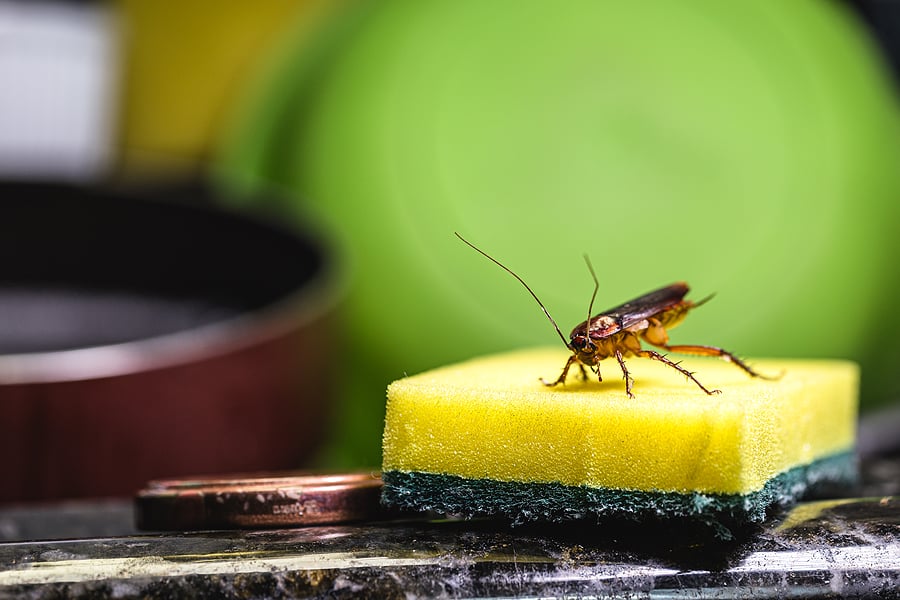
While cockroaches are active year-round, the humidity and warm weather of spring make this a prime time of year for these pests to invade your home. Roaches prefer environments that are warm and contain moisture which is why they are most often seen in kitchens and bathrooms inside your house. They can also multiply quickly and can adapt to just about any environment, making them extremely difficult to get rid of. Cockroaches are dangerous to humans in that they are known to carry and transmit serious diseases, can contaminate food and other surfaces in your home, and trigger allergies and asthma.
The most common types of roaches in our area are the German cockroach, the American cockroach, the brown-banded cockroach, and the Oriental cockroach. What attracts roaches are food, water, and warm shelter, all of which can be found in your home. Roaches are commonly drawn to crumbs, spills, dirty dishes, garbage, pet food, open food containers, cardboard, paper, glue, and excess moisture. In order to keep cockroaches out of your home, the goal is to make it as unattractive to them as you can. Check out these tips to help prevent cockroaches.
Roaches are attracted to dirt and filth because they provide a source of food for them. Keeping your home clean helps eliminate these food sources, making them go elsewhere in search of something to eat. Wash your dishes and put them away after meals. Clean up any crumbs and spills. Empty the garbage before going to bed. Clean grease from your stovetop. Seal any leftover food in containers. Sweep, mop, and vacuum on a regular basis. Don’t leave pet food out overnight.
The less clutter in your home, the fewer places roaches have to hide. Besides that, cockroaches love to breed in newspaper and cardboard. Keep your home as clutter free as possible. Dust regularly. Get rid of any old newspapers and magazines. Use plastic storage bins instead of cardboard boxes whenever possible.
Roaches can squeeze through the tiniest of holes, especially around windows and doors, along foundations and roofs, in attics and crawlspaces, through vents, and into holes used for gas, electric, and plumbing. Inspect your home for any possible entry points and seal them up. For smaller holes seal with caulk; for larger holes seal with steel wool or foam; and for vents and chimneys cover with fine wire mesh.
Roaches love moisture and need water to survive. Routinely check your home for leaks and plumbing issues, especially around faucets, sinks, refrigerators, and other appliances. Repair any leaks you find immediately. Keep basements and crawlspaces dry and well ventilated. Consider enclosing your crawlspace to help keep these pests at bay.
Cockroach prevention doesn’t have to rely solely on chemicals. There are several natural roach repellent and elimination products available today. Some of the most common include:
For the most effective preventative and ongoing roach control, have your home inspected and treated on a regular basis – usually monthly or quarterly – by a professional pest control company. These professionals can provide you with a thorough inspection to help identify what type of pest you are dealing with, the most likely points of entry they are using, and the most up-to-date treatment and prevention options available.
Preparing for Spring Lawn Care